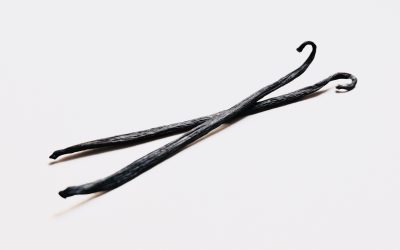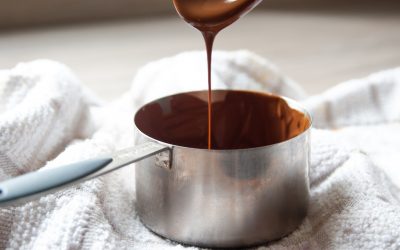Arguably the most important ingredient in any bread is the flour, quite often making up a significant amount of the total weight within the recipe. It is incredibly important to understand what flour does in bread, and how this function is vital to the production of bread as we know it. We will look through everything from the importance of flour itself to what flours are used in bread.
Functions of flour in Bread
Flour has a few functions in the production of bread, the most significant of which is giving the bread structure. In order to understand the structure of bread we need to understand the significance of protein and gluten. There are two key proteins contained within flour, glutenin and gliadin, and these react with water to form a gluten network of fine strands that create the structure of bread and allow the air bubbles, formed by the production of carbon dioxide during the fermentation of the yeast, to be held within the breads structure during a second prove and baking.
It is during the mixing and kneading of the bread that this structure of gluten strands is built. Mixing hydrates the flour, which begins the creation of gluten as the proteins break down, and it is during kneading that the structure is developed and the strands are elongated creating the extensive network. Failing to build up a suitable gluten network will result in a dense texture with no air bubbles, therefore the dough will be heavier and flatter.
Here we can see the importance of flour in bread, and this can help to understand the significance of what flour is used for bread. We will look into some common flours and their suitability for producing bread, based on how they provide the functions we now know they need to provide.
What flour is used for Bread
For many recipes, the flour called for will be bread flour. Bread flour is milled to have a high level of protein, around 12-14%, which makes it the best flour for baking bread. To demonstrate this difference we will compare bread flour with a softer cake flour. Cake flour does not have the need for higher protein levels, as cake structure does not require the development of gluten, therefore it is milled to around 7-9% protein. Considering the importance of protein in producing breads it is easy to see why bread flour is the best flour for making bread.
Bread flour is available in both white and brown varieties, which can be mixed together or used individually to allow you to easily produce brown or white breads.
Understanding flour types
As we can see from above, it is crucially important when making bread to understand the types of flour in bread making. The optimum type of flour for bread will vary depending on the type of bread you are trying to make, as will certain considerations that will need to be made in the recipe for the bread. We will look at some of the most common types of flour for bread you may use, and touch on elements to consider when choosing them.
White Flour – White flour is one of the two most common flour types for bread production, and can either be used on its own or as part of a blend with other flour. White flour contains around 75% of the wheat grain, with the bran removed leaving just the endosperm. It can be bleached or unbleached, but either way should be a smooth white colour.
Brown Flour – Brown flour differs from white flour in that some of the bran is retained. This gives brown flour its light brown colour, and adds a depth of flavour to the products. It can be used on its own but can also be part of a blend, especially within breads where a ratio of 60-40 brown to white flour may well be used to keep a lighter texture. Due to its composition it absorbs marginally more water than white flour therefore recipes can need to be adjusted.
Wholemeal Flour – A wholemeal flour is made by milling the entire grain, with nothing added or removed. As a result this produces an even more complex flavour and an even higher amount of water being absorbed, so again this must be considered when planning out a recipe. This is also mainly used in a blend, typically a similar ratio as with brown flour.
There are many other flours that can be used for bread specifically, but with all flours it is important to understand that water content is equally as important. As we can see from above, all different flours require varying amounts of water to produce the correct consistency of dough.
Bread flour vs All purpose flour
One of the most common questions we get asked is whether or not you can use all purpose flour instead of bread flour. To answer this question it is important to understand the difference between bread flour and all purpose flour. The primary difference between the two is the protein levels within the flour. Whereas a bread flour contains around 12-14% protein, an all purpose flour is milled to around 9-11%. As we have seen above, protein is vital in the formation of the gluten network that gives bread its structure, so the reduced level of protein will mean that the results with all purpose flour will be slightly different.
Putting it in the simplest way possible, you can use all purpose flour instead of bread flour, but you will see a slightly reduced rise, which may also make the bread a little bit denser and chewier. If possible it is ideal to use bread flour as it is specifically designed to produce bread, but if need be all purpose flour can be a decent bread flour alternative.


